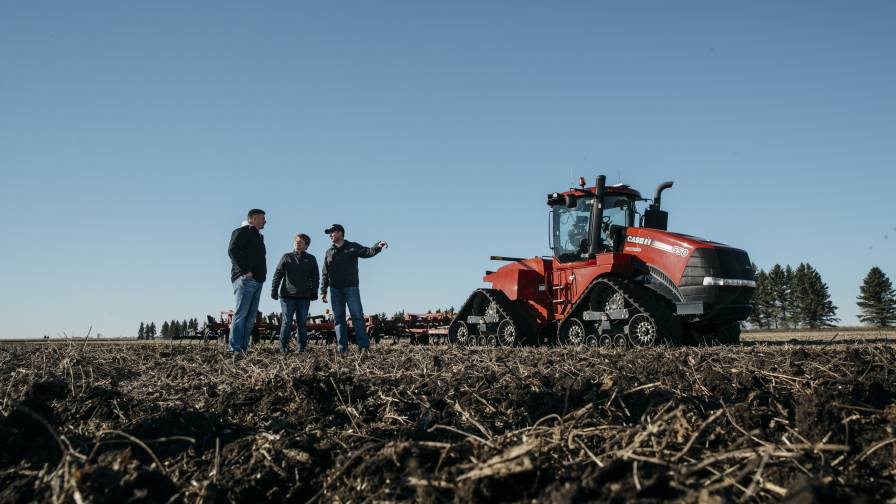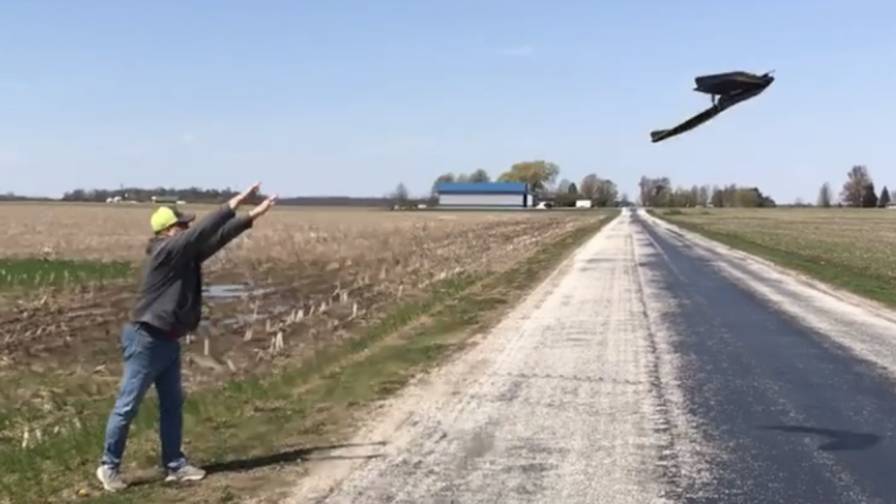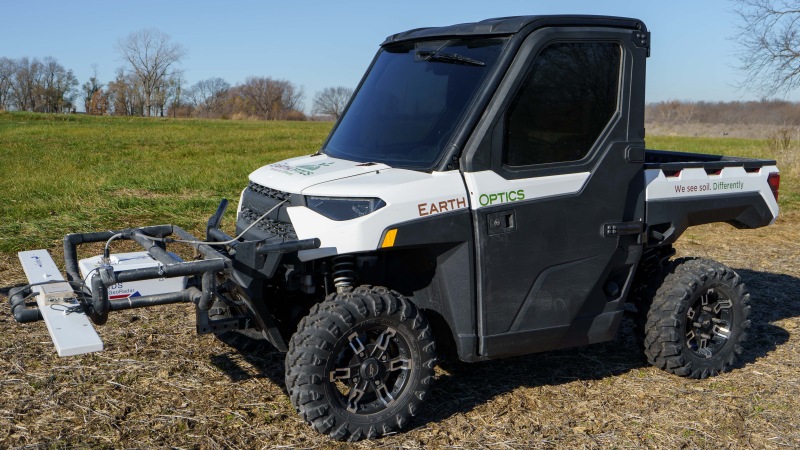The Outlook for Scouting Tools in Precision Agriculture

The technology continues to advance providing scouts more accurate information more quickly, which helps growers make more accurate decisions about their operations. Photo courtesy: The Mosaic Co.
Throughout history scouts have been critical to the success of any operation whether it’s been military, sports, or agriculture. Scouts continue to be keys to success; only the sophistication of their tools has changed.
Erich Eller, President ForeFront Ag Solutions, uses a single word to describe the current scouting tools market: “‘Matured.’ A couple years ago walking around a trade show were lots of imagery companies, and software companies talking about a lot of new tools. Some have come and several have gone. What is left are some tools that deliver actionable information.”
And those tools that remain have helped evolve the role of the scout.
“The core role of scouting hasn’t changed much over the years as scouting is still a vital part of a grower’s evaluation of their management practices,” says Jeremy Groeteke, Senior Global Product Director UAS, Corteva Agriscience. “What has changed and is still changing is the technology that growers are using to conduct these various scouting activities. We now see agronomists using satellites to understand which fields need to be scouted, then leveraging high resolution drones to understand what is going on.”
These tools have been designed to integrate with other tools growers use.
“Instead of being stand-alone apps that just facilitate scouting activities, scouting apps have become more integrated into the farm data ecosystem as a whole,” says Zach Sheely, Agworld President North America. “Scouting apps are increasingly leveraged as another tool to create more structured data on a field level, to complement data from other sources.”
The Technology
“It has come a long way; the ability to house everything digitally allows farmers to input, track, and compare field data in real-time in order to make the best agronomic decisions possible,” says Gregg Schmitz, Marketing Manager, Nutrien Ag Solutions.
“Most of the latest scouting tools seem to revolve around two different sources of technology,” says Tryston Beyrer, Crop Nutrition Lead, The Mosaic Co. “The first is in-field sensors. There is a plethora of measurements that either permanent, temporary, or disposable sensors can give us in the field ranging from soil dynamics such as water and nutrient availability to the crop to plant sensors that can determine various stresses on the plant. The second is crop models. These are used mostly to predict when various factors such as moisture, nutrients, diseases, and others may limit yield and growers should take necessary actions to help mitigate these stressors at key crop physiological stages.”
As tools evolve they’re able to deliver information in a variety of formats.
“A great example of technology change that has happened within the scouting industry is the use of Machine Vision technology,” Groeteke says. “Scouting itself is a very visual process. Agronomists leverage their expertise combined with visual identification of the problems in order to come up with the best solution for growers. Due to this heavy reliance on visual identification, we convert this into a data science solution leveraging machine learning.

Drones are yet another scouting option for agronomists. Photo courtesy: ForeFront Ag Solutions
“Agronomists now have digital tools that can estimate yield, identify pests, and even determine stand counts all from just taking a picture with your phone or from a drone. Agronomists no longer have to carry reference books with them to try and match what they are seeing in the field.”
The tools continue to become more sophisticated offering scouts more information more quickly.
“Scouting tools have evolved in the past couple of years to give growers faster and more convenient insights of what is happening in their fields near real time,” Beyrer says. “More frequent satellite coverage as well as more affordable drone/UAV sensing gives the ability to growers to access digital images of their fields at multiple points through the growing season. This allows for faster reaction to in-season challenges that might be able to be diagnosed and corrected when the problem is happening compared to seeing the issue at the end of the year and not knowing how to correct it for the future.”
Trends, Drivers
“Labor shortages continue to drive new and innovative technologies into the market,” Corteva’s Groeteke says. “As a scout you have limited access to skilled labor and training can be burdensome, so knowing where to spend your time and quickly getting to a recommendation for the grower to follow is key. This is why solutions such as ‘Directed Scouting’ from satellite imagery are so valuable. The scout can focus on the right fields and skip the fields that don’t need attention.”
Disruptions to the supply chain caused by the COVID-19 have been well documented. Finding bright spots might be a bit more challenging, but they do exist. ForeFront’s Eller has seen a positive in the grower mind set. “Growers are more open to receiving information via text, email, and app verses in person visit,” he says. “The speed at which information is shared is at cell signal speed, not vehicle speed.”
Mosaic’s Beyrer agrees. The scouting world hasn’t been as deeply affected by the pandemic, though he as seen end users embrace more sophisticated tools. “Growers have adopted various forms of technology at a more rapid pace in the last couple of years than ever before,” he says. “This likely has lessened some of the fear of change into more digitalized tools for some growers.”
Given the nature of today’s farms, scouting tools are now a necessity.
“Farms are getting bigger and the ability to watch every acre all season is becoming more challenging.” Beyrer says. “Also, as yields (and prices) increase, the risk of inadequately maximizing a field’s ROI potential can hinder farming operation. Farms are becoming more efficient and those that are not using on-farm data and monitoring their crops through the season are less likely to be competitive and manage their crop to its full potential.”
Several other factors are pushing growers to incorporate scouting tools into their operations.
“High commodity prices paired with higher input prices drive customers to look for every possible advantage,” Eller says.
Beyrer agrees.
“With higher projected crop prices, growers are going to be chasing yield while embracing change on how they have historically achieved it,” he says. “Various input prices have increased, and there can be a wide variation of product availability and costs for an input. Crop sensors, models, and scouting tools may be a good way for growers to start with a solid fertility and crop plan at the beginning of the season and then tweak in-season based on crop conditions.”
As advanced as the technology is, there is still a need for agronomists.
“Scouting and precision agriculture tools are just one piece of the puzzle for growers’ operations,” Nutrien’s Schmitz says. “It’s key to pair the data from scouting tools with trusted local experts and advisors to help growers sort through information and develop the best plan for every acre.”
The cost/benefit ratio and variables driving adoption of scouting tools are expected to continue in the near term.
“Product shortages, high input prices, and labor shortages will continue to be front-of-mind for most ag retailers,” Agworld’s Sheely says. “While some will use this as a reason to adopt digital tools that help mitigate these issues, others will be so focused on keeping their day-to-day operations running under these challenging circumstances that they are unlikely to adopt new technologies.”






